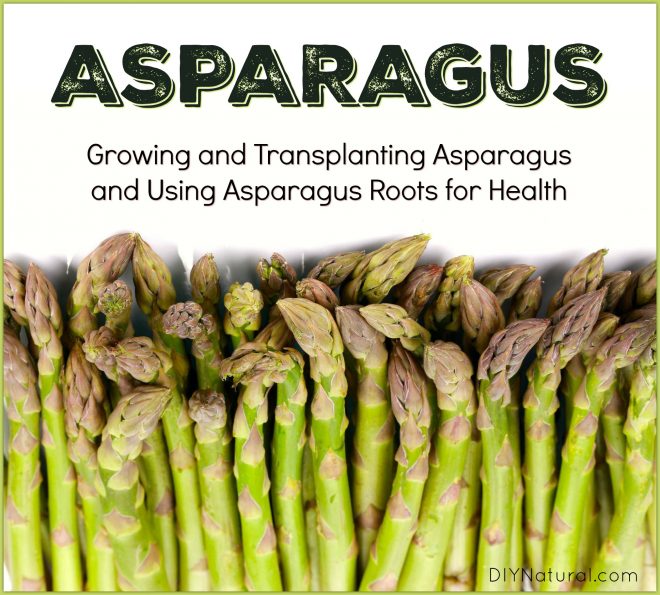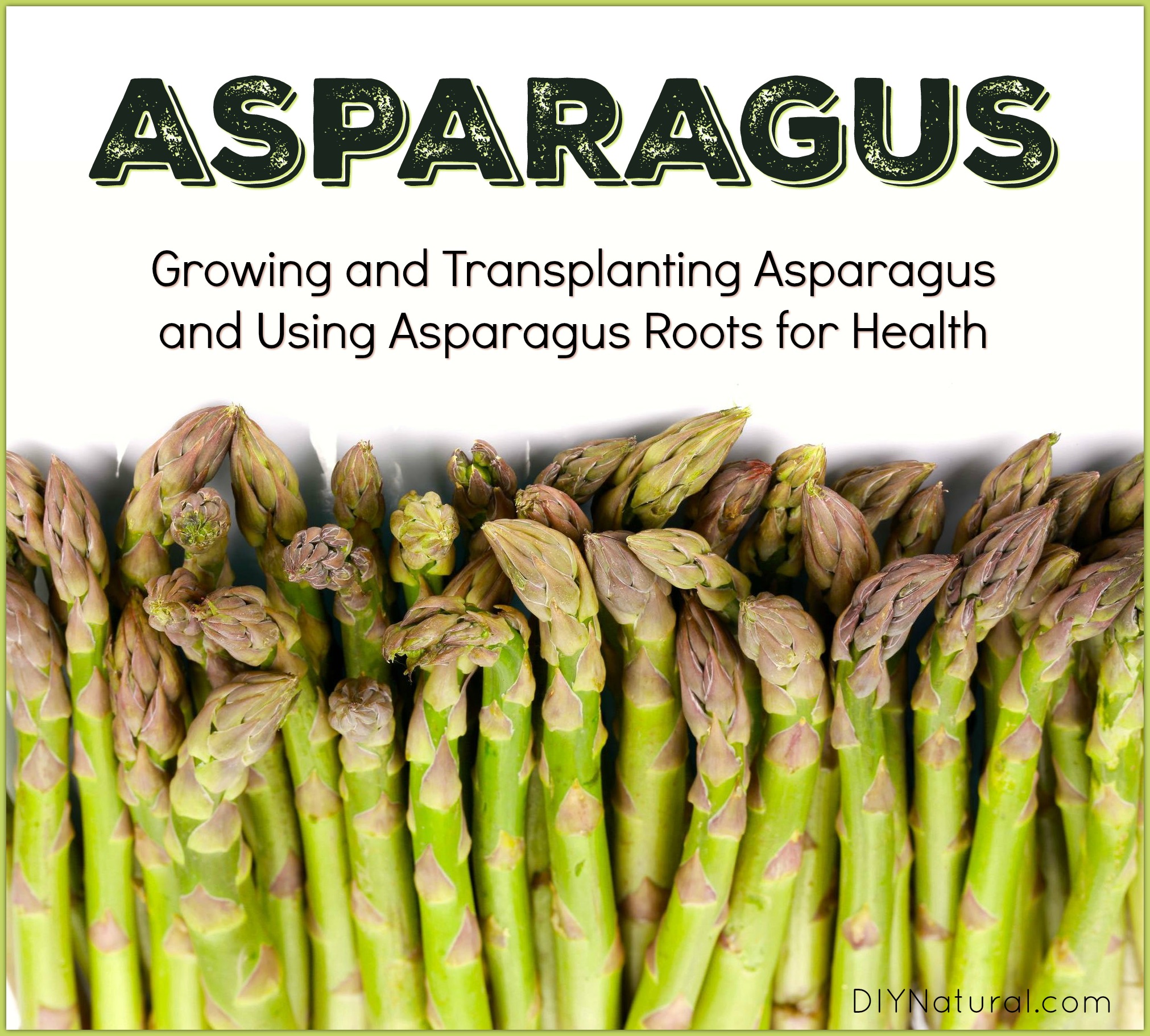
Our business needs to expand and that’s a good thing. Unfortunately, to do it we need to add to our existing barn and put concrete where my established asparagus bed now stands. That’s a bad thing, a very bad thing. I am slowly coming to terms with this reality and that process sent me scuttling to research what needs to happen to move my hard won asparagus crop.
Our asparagus bed has been in place for almost 10 years. This means that I have had a decent crop of spring deliciousness for the past 6 years.
Growing Asparagus and Harvesting
After planting asparagus, you should wait at least two years before beginning to harvest. In the third year, you can harvest a respectable amount for about three weeks and FINALLY in the fourth year you can harvest for eight full weeks after the first spears appear.
Transplanting Asparagus
I looked up what I needed to do to transplant my asparagus and, once again, the news is not good. It turns out that most folks in-the-know do not recommend moving an established asparagus bed. The overwhelming advice is to simply start a new asparagus bed.
Here’s What I’ve Decided To Do:
1. I’m going to attempt to move them. The recommendation is that you use a spade instead of a shovel. While the asparagus spends those first years torturing you with the wait, they are busy establishing quite a deep root system. How deep those roots go depends on your soil, of course. They apparently can go down up to six feet in some cases! That kind of rooting is not likely in my case as this bed was put in just next to a barn pad made up of compacted subsoil.
You can imagine, though, why it is not a great idea to move these beds. In many cases, you will never be able to get all of that root system. The plants, moved without their underground network of nourishment, may not survive. If they do survive, they’ll take so long to recover and begin sending up asparagus again that you might as well just start from scratch.
2. I’m going to use the roots that get damaged beyond hope in my apothecary. I now know I probably won’t be very successful. As transplanting will be a fall project, I’ve decided to start a new bed with new shoots. The truth is, asparagus beds usually only last 15-20 years. So I may console myself with the thought that perhaps this one was on its way to retirement anyway. I may be able to salvage some of the crowns without losing too many roots. If that is the case, I’m that much further ahead in my new planting. If I break up the plants too badly I will process them as I would any other medicinal root on the property (see my method below).
Using Asparagus Roots for Health
It turns out that the root of asparagus (Asparagus officinalis) has a history of use as a diuretic. In particular, asparagus root has been used to build up the health of the kidneys so that they can remove more toxicity from the waters of the body. In this way, it has a reputation for being helpful with arthritis, gout, and some kinds of kidney stone.
How to Prepare Asparagus Root for Medicinal Use
This is the method I use to prepare any medicinal root on my farm:
1. Wash the roots well.
2. Chop them into segments.
3. Dry them quickly at 90-110°F.
To Use
After drying, they are best used as a tea or tincture to support health. Find asparagus root here.
Have any of you ever had success in moving an asparagus bed? I’d love to hear from you!
*******




Hello Dawn, My husband and I have a 1/2 acre asparagus patch. We bought new plants he said about 15 years ago. About the same time he got rhubarb plants from a farm and a friend got old asparagus plants to transplant. Our friend, Sam, had success growing them. Ina